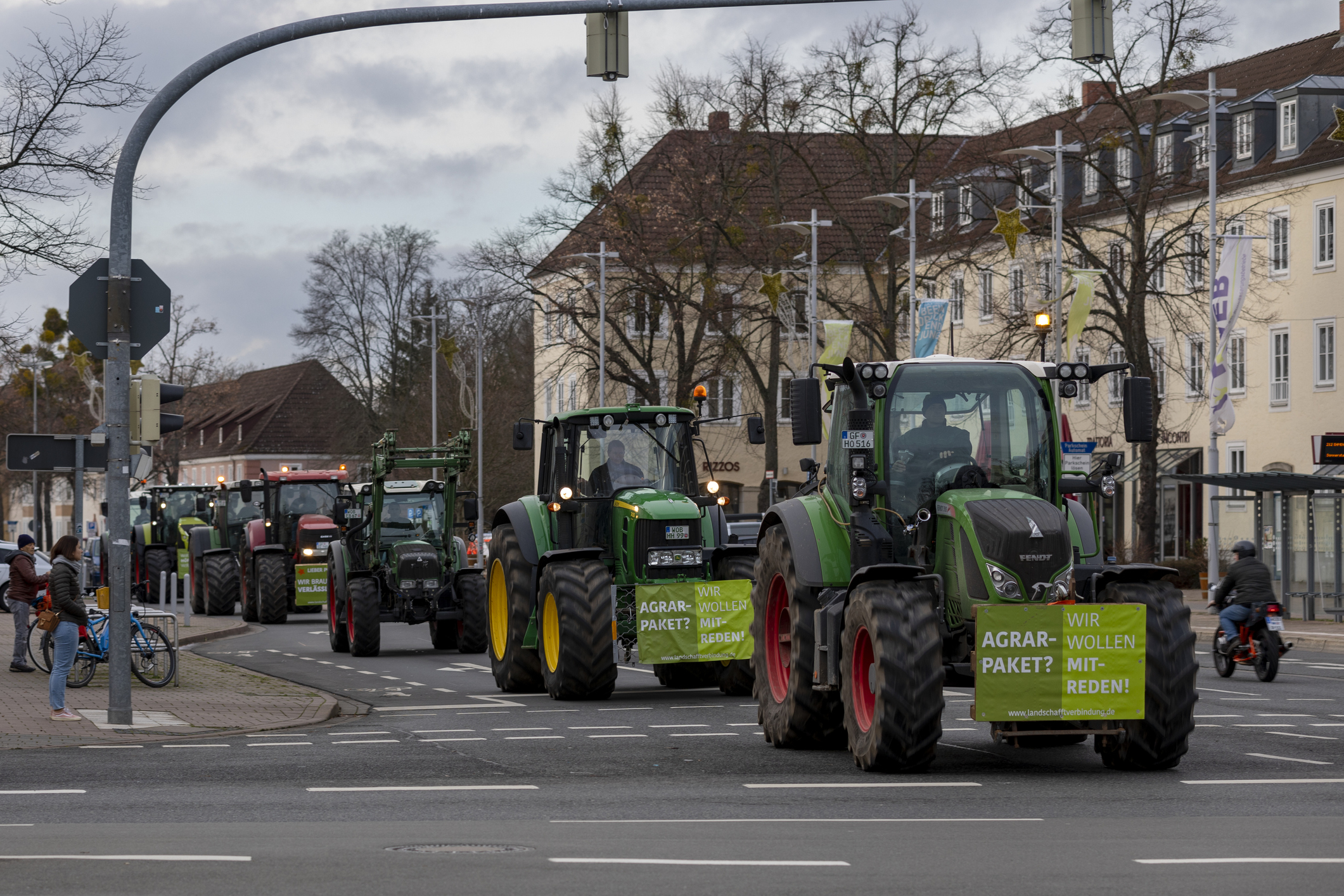By Jeffrey Hignight
In the summer of 2022, you may have seen headlines about Dutch farmers protesting the government's nitrogen emissions reduction laws, which disproportionately affect livestock producers. While it is important to work towards reducing emissions, it is crucial to do so in a way that does not decrease food production, increase food prices, or ultimately result in higher global emissions.
The Netherlands is a major player in the global agricultural industry and is the second-largest exporter of agricultural goods in the world, behind only the United States. Despite being a small country (about the size of Maryland), Dutch farmers are among the most efficient in the world, generating $79 billion in exports in 2019. In comparison, the US, which is much larger in size, generated $118 billion in agricultural exports that year.
The Dutch government has faced criticism for its policies that are perceived to harm the agriculture industry in the country. In an effort to reduce greenhouse gas emissions, including carbon and nitrogen, the government has passed legislation with ambitious targets, such as a 50% reduction in nitrogen emissions by 2030 and 95% by 2050. However, achieving these goals using current technology is seen as impossible, leading to government plans to force buyouts on approximately 3,000 farms.
It is estimated that these policies will reduce the countries' food output by 20%. While citizens of the Netherlands may not go hungry, they can expect to see an increase in food prices. However, the greatest impact will be felt by countries that rely on exports and developing countries that will likely have less food available. Additionally, it is unlikely that global emissions will be significantly reduced by the Dutch policies, as less efficient countries will increase production to compensate, leading to higher carbon emissions per unit of output.
Several countries have implemented legislation that could potentially compromise food production. For example, the EU has set a goal to have at least 25% of all farms be organic, even though organic farming often results in higher carbon emissions. Similarly, Ireland has set a target to reduce nitrogen use by 30% by 2030. Sri Lanka also attempted to ban all synthetic fertilizers in 2022, which had a devesting impact on crop production in the country. The government reversed course after massive protest. These actions by governments may have unintended consequences on food production and are targeting a fundamental necessity of life that is not the largest contributor of emissions. According to the EPA transportation, electric power, industrial, and commercial/residential sectors all create more greenhouse emissions than agriculture.
The United States' historical approach to reducing greenhouse gas emissions from agriculture has two main components: first, to minimize negative impacts and, second, to incentivize and support the development of more sustainable and efficient farming practices. One example of this approach is the Inflation Reduction Act, which allocated $20 Billion towards "Climate Smart Farming" initiatives that promote low-carbon, environmentally-friendly practices. By taking these policy measures, the government aims to reduce carbon emissions from the agricultural sector while also ensuring the resilience and sustainability of the food system, without imposing undue burdens on farmers or disadvantaged countries and people. Let’s hope the U.S. continues with a rational approach.


